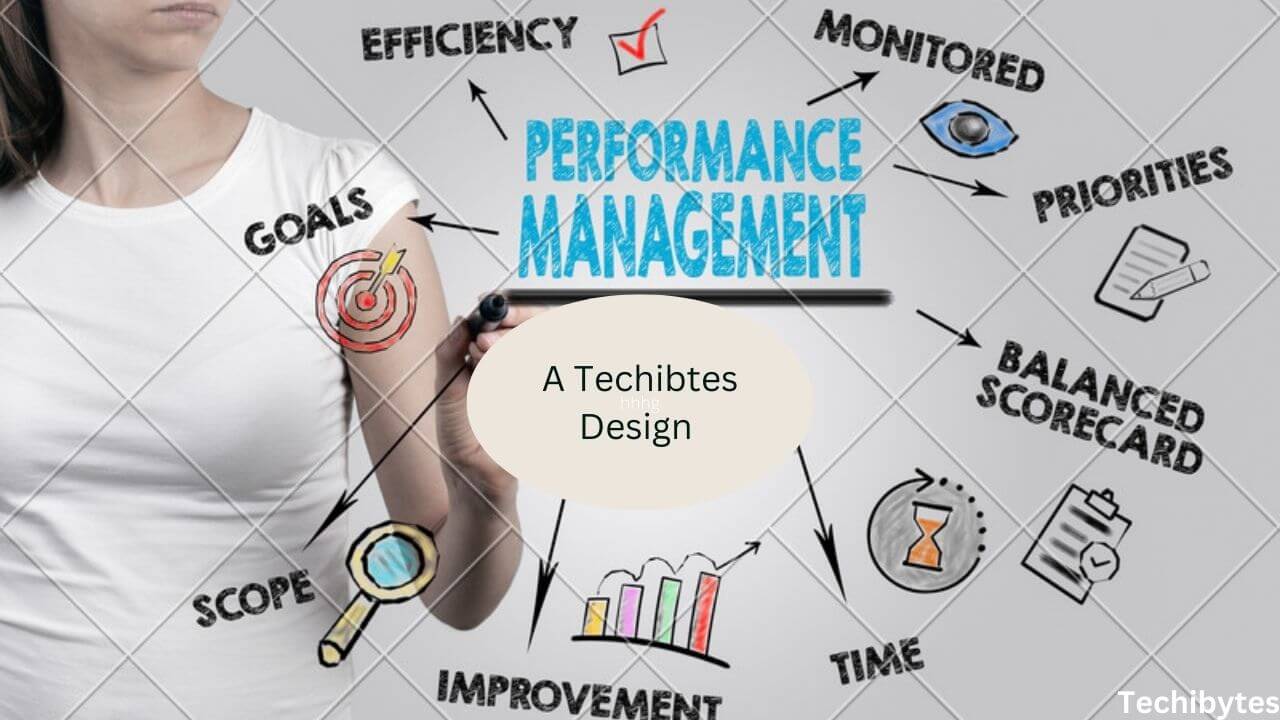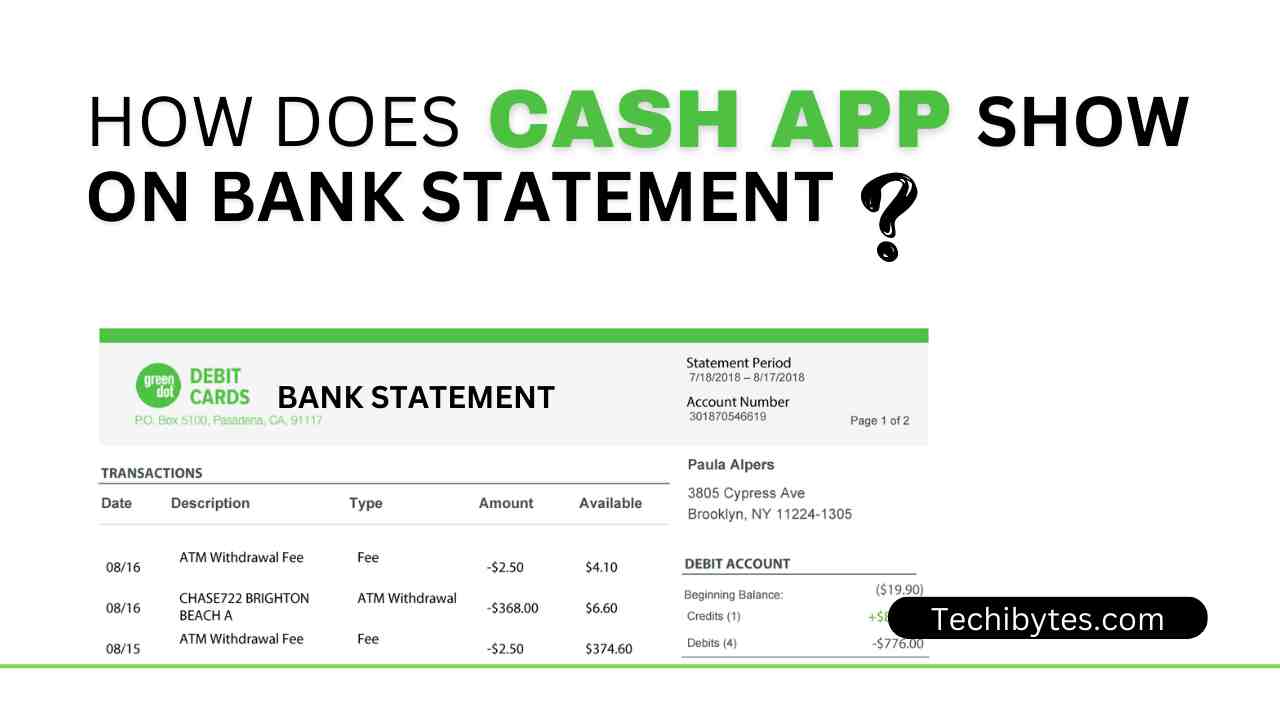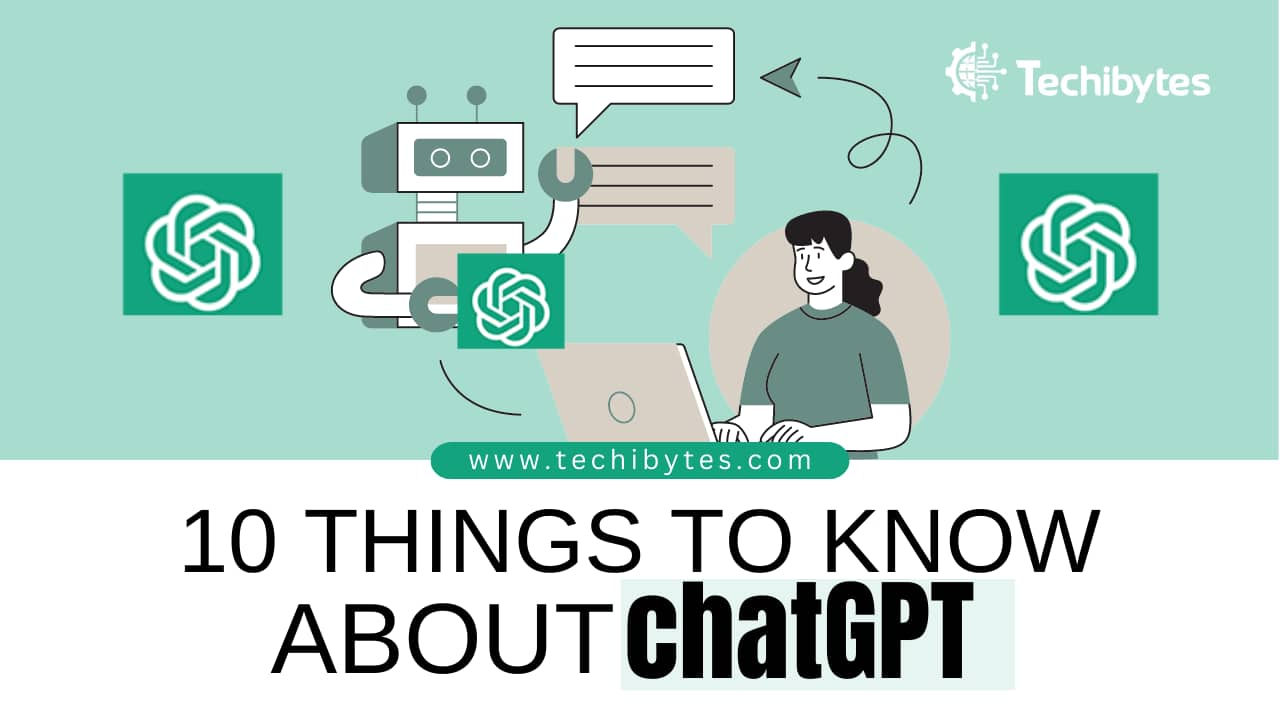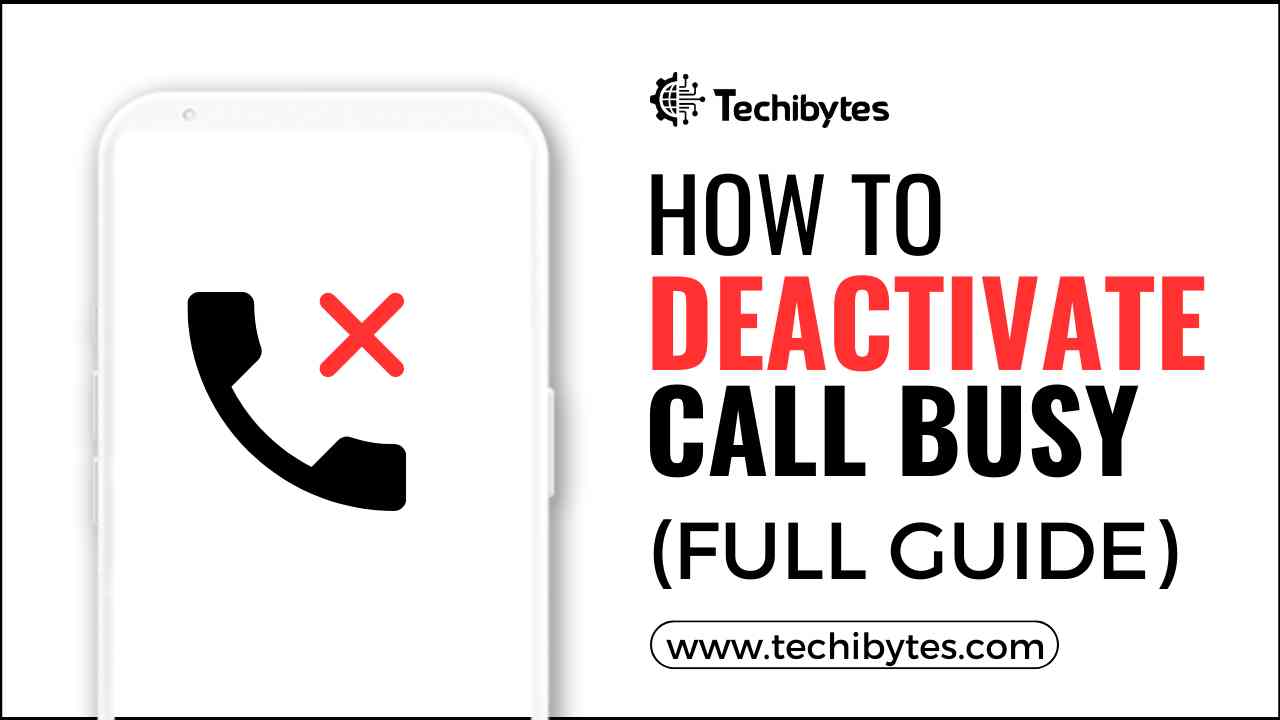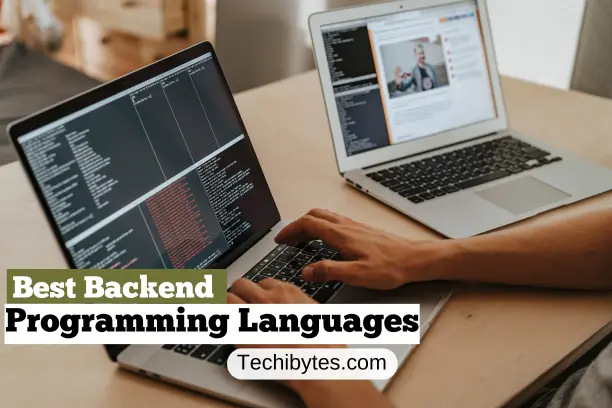As a human resources manager, the productivity of employees in your firm should be your utmost priority. There are several ways to increase productivity in a workplace, but everything eventually boils down to the individual performance of each of the employees in the organisation.
::You can read on how to prevent workplace violence to increase productivity
That’s why you need performance management software. Performance management tools could be any software that organisations can use to appraise employee performance consistently, using measurable metrics. The point of using one is to achieve the most productive workplace possible.
In this day and age, there are so many performance management tools out there that it’s genuinely difficult to determine the ones that work best. Since companies typically spend a lot on these tools, it would be a shame to see all that money go to waste. That’s why this article will explain how the average performance management tool should work, before showing you some of the best in the market.
What are Performance Management Tools?
It’s so common to defer an employee evaluation to the end of the year that it’s almost becoming a norm at this point. However, doing that will not fully capture the performance of said employee throughout the year on a task by task basis, which is clearly the most effective method of appraising employee performance.
Performance management tools to the rescue. In short, a performance management tool is a piece of software that helps managers conduct performance reviews using more relevant metrics than is currently in use.
It evaluates workers as part of the workplace in general, measuring their productivity based on how their work has impacted the firm’s output. Different performance management tools take different approaches to achieving that, and that’s that what sets them apart.
Performance management is possible without the tools, just as much as carpentry is possible without a hammer. Surely, you can drive nails into wood using a stone, but do you really want to use one when you can get a hammer for just a couple of bucks?
Benefits of Performance Management Tools
A performance management system offers numerous benefits to human resources managers, employees, and the organisation at large. In short, performance management tools are win-win systems for all involved; the long story: here are the benefits of performance management tools.
1. Sets goals and expectations for employees
It’s hard to demand a certain level of performance from workers when you don’t have a clear way to communicate what you need. Performance management tools can help set clear objectives for employees in an organisation to help them understand what’s required of them in the system.
2. Helps to determine if an employee should be retained or terminated
Human resources managers are prone to making crucial decisions emotionally. By introducing an automated software into the question, you cut out the emotional part, rest assured that you’re making the right retention or termination calls on behalf of the organisation.
3. Helps in motivating outstanding workers
While firing unproductive workers generally helps productivity in the workplace, rewarding outstanding workers is another action with a similar, if not a better effect. Using the data you gather from performance management tools, you can easily determine which employees are performing excellently and are worthy of promotions and other motivating emoluments.
What are the Three Types of Performance Management?
While “types” is the wrong word to describe the elements of performance management, it’s the most popular word out there, and that’s why we’re using it here. As you most likely already know, there are three elements of an effective performance management system, and a performance management software must address all of them to be termed “effective.”
With that said, here are the three elements of an effective performance management system.
1. Goal Setting
You must put employees on a pedestal to help appraise their performance. Goal setting is the part of the performance management process where the manager sets the criteria to evaluate employees. There are many ways to set goals for performance appraisal, but that is clearly outside the scope of this article.
2. Performance Review
After setting the goals, there must be constant reviews of the achievements of the employee compared to the expectations of the employee. Since you’ve already set your expectations in the goal setting aspect of the performance management process, the performance review phase should be a piece of cake.
3. Performance Improvement
After the performance review process, some employees will be outstanding and some will fall short. The performance improvement process is aimed at rewarding the outstanding workers, while meting out appropriate disciplinary actions to employees that perform below expectations.
You can carry out each of the elements of an effective performance management system, but with the possibility of countless errors. Why open yourself up to potential errors when you can simply use one of the excellent performance management tools on the market today?
The following section will list the best ones and why they make this list.
Best Performance Management Tools
It doesn’t matter how good your firm’s performance management is, you can always make it better with software. Here are 11 of the top performance management tools you should consider using for improved productivity in 2022.
- 1. Eden
Eden is not just good, it’s simply one of the best HR software on the market today. The program was designed to be modular; you don’t have to buy the entire package, only what you need. The performance management module is thankfully the best part of the software.
The performance management part of the program helps “people-centric” teams gather feedback, manage their review schedule; basically everything there is to do in the performance management field. At only $4 per user per month, this software is basically a steal for what it does. - 2. ClearCompany
ClearCompany has so many features than you’ll ever learn to use, but you don’t have to use them all. The pricing isn’t the same for all users; you pretty much only pay for what you use, but there’s a lot to use.
It works for talent hiring and talent management, performance management, onboarding, and a lot more. The size of your business doesn’t matter, but it’s much better for larger businesses, thanks to its flat rate pricing. - 3. BambooHR
BambooHR is just like Eden: it brings a performance management package in the box, making it as intuitive and accessible as possible, even better than most of the competition. While it’s more expensive, at least, you have the more intuitive interface to boast of.
The biggest upside of using BambooHR is the package it offers. In addition to being customisable, it also ships as usable outside the box for most of the tasks you’ll ever want to do during the performance management process. But again, you should probably check the pricing to avoid selling your firm to buy a HR software. - 4. Deputy
While Deputy works excellently for shift scheduling, it lacks all the bells and whistles you’ll find in the average performance management tool. If you’re running a small business that doesn’t need the expensive features of the average performance management software, this should be a great option.
It costs lesser than most of the other options on this list, and it allows for third-party software integration. There are also mobile versions of the app that work just as well, in case you need to carry out any performance management on the go.
Read more on some project management tools - 5. Namely
Namely is one of the more expensive HR management apps out there, and as you’d expect, it’s the perfect definition of a “jack of all trades,” only that it’s also a master in all of them. From payroll processing to performance management and benefits, Namely will work.
Namely doesn’t list a price on its website, you’ll have to get a custom pricing plan based on the peculiarities of your firm. If you don’t have $15 to $30 per employee per month, you’re better off with any of the other alternatives on this list. - 6. WebHR
WebHR is a full-size HR software for medium to large businesses with a performance management module for employees. It has an overly simplistic free plan which you want to skip if you’re doing anything remotely serious with the software.
The paid plans, however, come in a variety of levels. You should consider reading the terms of each pricing level before making a payment to ensure you’re not buying an HR tool that’s unable to carry out basic performance management. - 7. Kallidus
The Kallidus Perform tool is a dedicated performance management software that does all you want from a performance management tool in the most intuitive interface. If you’re willing to pay the $8,000 per year price, it’s one of the more compelling options out there. - 8. Trakstar
Trakstar is a full-sized performance appraisal and management system designed for professional HR managers. It’s one of the best options in the market, and as you’d expect, it’s priced to match: the base plan costs $4370 per annum, and the price increases with the number of employees you’re managing.
The tool integrates perfectly with Google Workspace and some other third-party tools. Unless you’re willing to spend handsomely on a performance management tool, however, there are much cheaper options. - 9. GoCo
GoCo is a performance management tool designed to cater to a wide variety of HR professionals. It’s as flexible as it’s modular, with several modules, all designed to make the task of performance management easier.
In addition to the performance management module, it offers tools for attendance and time tracking, project management, benefits, staff onboarding, etc. The tool costs $5 per employee per month for its most basic plan, but there are higher plans with more modules/features. - 10. ClickUp
If you watch YouTube at all, you should already be inundated with unnecessary ads from ClickUp. While the commercials are somewhat annoying, the program in and of itself happens to be pretty good. It isn’t the most complicated performance management tool out there, but it works well for small businesses.
On ClickUp, you can create goals and assign team members to complete the said goal. You can also automate what happens when they complete those goals, while letting their completion percentage. The periodic scorecard is useful for performance review and motivation, making it a complete HR package.
The pricing is also modest; there’s a free plan for personal use and you can choose to pay $5 per client to access the even superior features unavailable in the free plan. - 11. Cezanne HR
If the huge price of some of the alternatives seem like a scare to you, you may want to try Cezanne HR. It has a lot of helpful features like basic performance management, payroll, and integrated benefits, all at a price that’s affordable to the average small and medium business.
Conclusion
Automating performance management using performance management software is what a HR manager is expected to do in 2022. In case you don’t know what your options are, here are some of the best software performance management tools you should try.
If you liked this article, then please subscribe to our YouTube Channel for videos. You can also find us on Twitter and Facebook.
